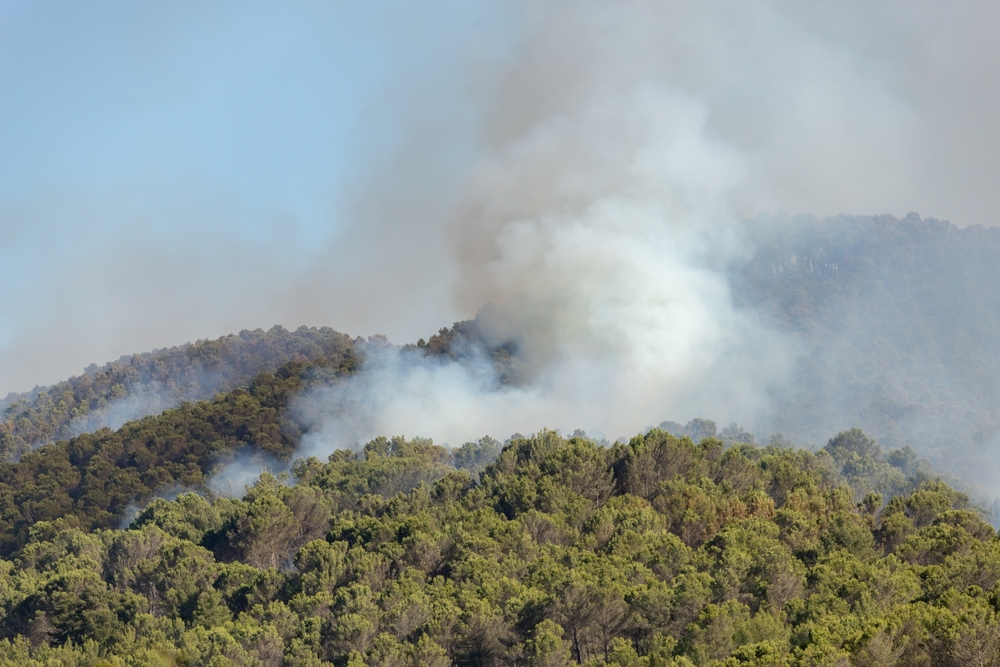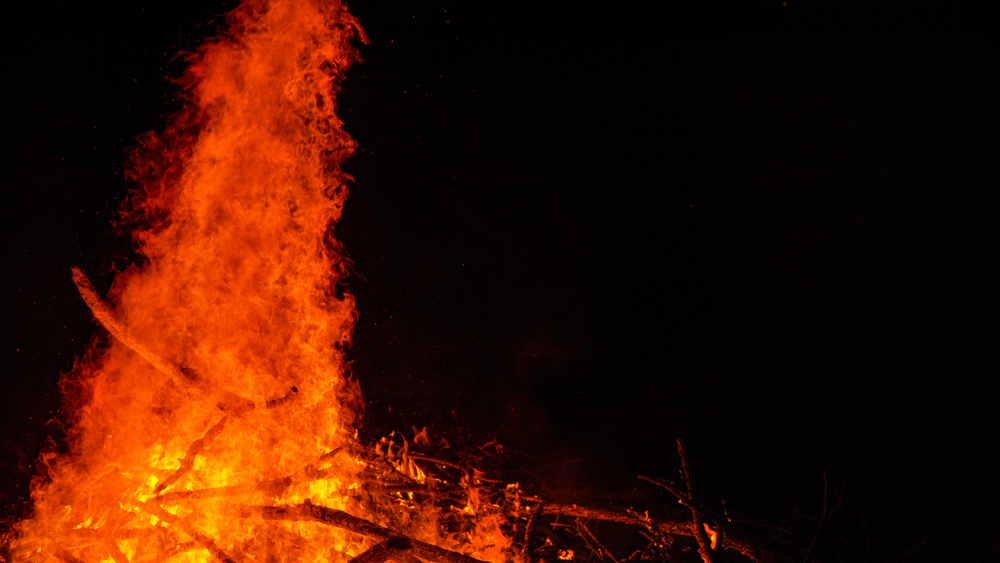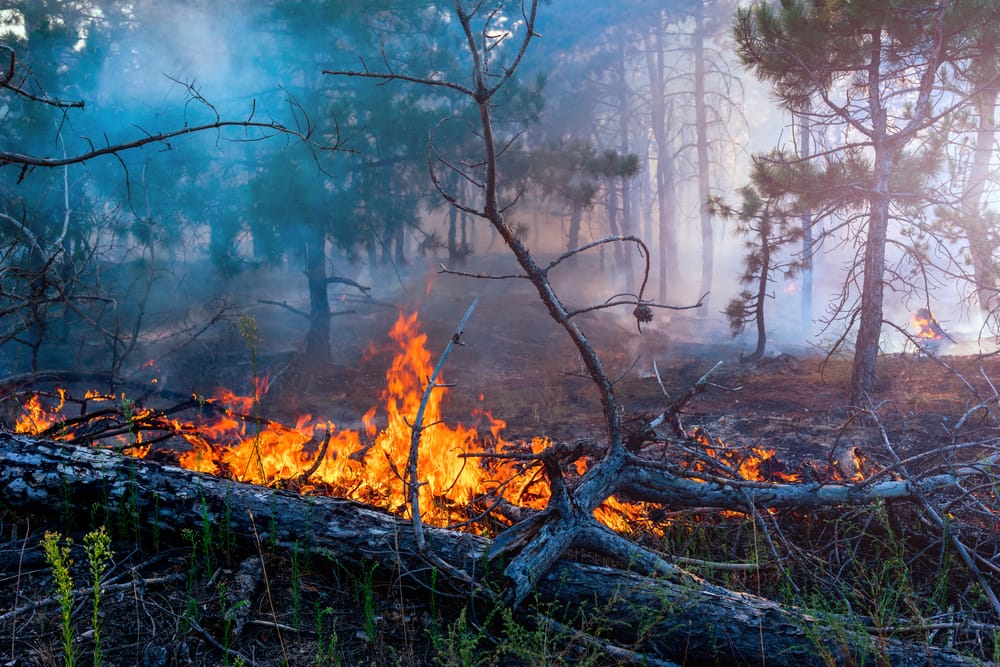Your home is likely one of the most significant investments you will make in your lifetime. As a homeowner, you pour money, sweat, and tears into making it your own personal sanctuary. A place you feel comfortable, secure, and happy to call home for years to come.
But what if an unexpected fire caused devastating damage or even total loss of your treasured property? It only takes minutes for an uncontrolled blaze to rage through a building, leaving behind merely ashes and rubble where you once made joyful memories. The financial, emotional, and physical toll such an event could have not only on you but your family is almost unfathomable.
This is precisely why fire insurance plays such a monumental role for homeowners across the nation. Having adequate fire insurance provides a crucial safety net, protecting both your financial investment in the property itself as well as all your cherished personal belongings that make a house a home. It brings peace of mind knowing that even in the face of catastrophic fire damage, you can rebuild and repair what was lost.
The Hard Requirement from Mortgage Lenders
If the tremendous emotional stress and financial risk posed by fire damage isn’t enough reason to secure fire insurance on your property, mortgage lenders make it mandatory. While factors like your credit score, debt-to-income ratio, and down payment amount determine your eligibility for a home loan, lenders also assess your commitment to responsible homeownership. Maintaining continual fire insurance demonstrates you take prudent steps to safeguard your property – and by extension – their high-value investment in you.
When you apply for a mortgage from any lender, having an existing fire insurance policy on the home is non-negotiable. And not just for the initial term – lenders mandate you keep fire insurance continually renewed for the entire duration of the loan. So securing proper coverage isn’t merely a checkbox to tick during the lending process. It must remain an integral part of your homeownership for as long as you have mortgage financing.
The Specific Variables Impacting Fire Insurance Costs

Several key factors determine fire insurance premiums on specific properties, particularly related to the underlying risk carried by insurers:
Location and Fire Risk Zone Ratings
Homes situated in regions with heightened fire risk – like areas prone to destructive wildfires in California – lead to far higher insurance rates. Properties in high-risk zones as assessed by insurance adjusters and agencies like the Insurance Services Office (ISO) can make affordable coverage difficult to secure.
Age and Building Materials
Older structures built from flammable materials like wood siding pose greater hazards than newly constructed homes using fire-resistant products. Outdated electrical systems also elevate risk significantly, resulting in either coverage denial or spikes in annual premiums.
On-Site Fire Prevention/Suppression Equipment
Homes featuring modern fire safety systems – including smoke alarms, CO detectors, extinguishers, sprinkler systems – demonstrate significantly lower fire risk to insurers. Resulting insurance discounts provide concrete financial incentives for property owners to invest in life-saving equipment.
Distance to Emergency Services
While location addresses general regional risks, a home’s proximity to functional fire stations and rapid access for firefighters also reduces risk ratings. Nearby hydrants with adequate water flow capacity further enable effective emergency response.
Claims History
Insurers carefully assess whether existing home insurance policyholders have filed past fire-related claims. Multiple historic fire incidents for a property will make most providers hesitant to renew coverage. And if they do, homeowners incur punishing premium hikes in light of the track record.
Increased Challenges Securing Coverage in High-Risk & Remote Areas
For homeowners in locations either prone to frequent wildfires or distant from viable emergency services, obtaining affordable fire insurance can prove incredibly difficult – if not outright impossible in certain cases. Two scenarios in particular showcase why:
Wildfire Zones in California
Regions of California remain ground zero for hugely destructive wildfires that ravage entire neighborhoods with alarming speed and ferocity. Climate change has only exacerbated the scale, impact, and frequency of these uncontrollable infernos.
For insurers, that poses immense financial liability that discourage them from operating in the highest risk zones at all. And for homeowners lucky enough to secure coverage, they face drastically inflated premiums – often to the tune of thousands of dollars annually. Deductibles have also shot up considerably, meaning more out-of-pocket costs before insurance kicks in.
The CA FAIR Plan as an Insurer of Last Resort
In California specifically, the FAIR Plan (Fair Access to Insurance Requirements) functions as an insurer of last resort for homeowners unable to find coverage on the open market. It steps in once standard providers flatly deny applications – but at a steep cost.
Coverage remains bare bones compared to typical policies, with the personal belongings protection capped at just $34,000. And premiums still run exceptionally higher given the underlying exposure risks. So while the FAIR Plan does provide a backstop option, its insurance fails to deliver truly adequate safeguards for vulnerable wildfire zone residents.
Remote/Rural Locations
Homeowners situated farther away from fire stations or areas without sufficient emergency infrastructure deal with similar issues obtaining reasonably priced fire insurance. Insurers get spooked by the risks posed by limited access and delayed response times.
Few providers want to chance significant losses stemming from homes burning to the ground before firefighters can even arrive to contain the flames. So remote communities struggle with fewer market options and prohibitively expensive premiums – presuming coverage availability at all.
Unique Coverage Challenges for Off-Grid Homes
Relatedly, properties disconnected entirely from public electric grids and other municipal infrastructure face distinctive barriers attaining fire insurance. With no ability to access water for suppression efforts beyond what limited capacity owners can store on-site, risks spike drastically. Consequently, standard insurers balk at taking on off-grid homes.
And even when alternate high-risk carriers eventually accept off-grid applications, they impose far more exclusions and exceptions than typical policies. Any equipment related to power generation sees either no protection or extremely restrictive caps that fail to deliver robust coverage. That leaves owners massively exposed unless they secure costly specialty insurance riders.
Fire Insurance for Multi-Family Investment Properties

Up to now, we’ve focused squarely on fire risks and insurance as they pertain to single-family owner-occupied dwellings. But investors owning multi-family buildings as income properties face amplified financial downsides without insurance, given the scale of their assets.
Whether duplexes, small apartment buildings, or sprawling complexes, multi-family housing accumulates value rapidly – easily ranging into seven or even eight figure price tags in high cost-of-living real estate markets. So immense capital gets tied up in these structures, making insurance non-negotiable from the start.
Additionally, the presence of tenants renting units raises the liability issues significantly should injury or even loss of life occur because of a fire. And the scope of possessions needing coverage balloons dramatically with entire households worth of belongings stacked inside these larger buildings.
Yet insurance markets remain reluctant issuing policies on multi-family housing units, thanks to ingrained higher risks. Two factors especially heighten concerns:
More Frequent Occupant Churn
Unlike detached single-family properties, tenant turnover runs far quicker in shared buildings simply due to rental agreements ending. This churn multiplies risks exponentially – both from the human carelessness or errors that trigger fires as well as the general wear and tear that deteriorates structural integrity over time.
Poorer Maintenance Track Records
Landlords sometimes defer or severely limit maintenance investments to preserve profit margins, allowing more systems – especially older electrical wiring – to grow outdated and hazardous. Similarly, tenants themselves may neglect reporting issues quickly, again increasing failure likelihood. These behaviors feed the cycle of ever-rising dangers.
So for owners to secure adequate coverage at reasonable rates requires demonstrating above-average prevention and loss control efforts: installing sprinklers/alarms, hiring experienced property management, and implementing strict maintenance protocols. Anything less brings prohibitive premium quotes if any at all.
Unique Coverage Considerations for Coastal Waterfront Homes
Homeowners whose properties directly abut oceans, lakes, rivers, or other major waterways wrestle with another collection of distinct insurance challenges. Though we’ve stressed the importance of fire insurance at length already, these residences also crucially require flood coverage too. Multiple threats necessitate specialty policies:
Storm Surge and Wave Damage
Coastal sites and those adjoining sizeable surface water expose homes to flooding when significant weather events whip up heavy precipitation, winds, and waves. The immense hydraulic forces easily compromise lower-level enclosures below base flood elevation.
River Overflows and Flash Flood Risks
Areas located downslope of dams and reservoirs or along floodplains carry their own flooding susceptibilities whenever water tables spike rapidly and overspill banks. Torrents of rushing water loosen foundations and saturate building materials in near-instant disasters.
Poor Natural Drainage Conditions
Some properties self-amplify liquid damage despite no proximity to open water simply due to the surrounding landscape impeding drainage. Conditions like thick marine clay soil frequently lead to rain saturating the ground rather than percolating downward. New construction often exacerbates runoff issues by reducing natural absorption and permeability rates.
In nearly all these scenarios, securing any insurance requires investing heavily in risk mitigation first. Steps like relocating/refitting utilities above anticipated flood levels, installing backflow prevention valves, or regrading topography (and others) show insurers the intent to control losses – the key to unlocking coverage options.
Fire Insurance Frequently Asked Questions
What is fire insurance?
Fire insurance, also referred to as fire coverage or fire protection insurance, provides financial protection to homeowners against property damage and loss resulting from fire-related incidents. It covers both the structure and belongings of the policyholder. Fire insurance is typically part of a homeowners insurance (or renters insurance) policy as part of standard protections but can be purchased as a standalone policy as well. It is a crucial component of guarding one of your largest financial assets – your home.
What does fire insurance cover?
Typical items covered by fire insurance include:
- The main structure: pays for damage repair or full reconstruction costs if uninhabitable
- Personal belongings: reimburses replacement costs for possessions damaged or destroyed
- Additional living expenses: covers hotel, meal, & other temporary costs while home is repaired
- Landscaping/hardscaping: damage to plantings, fencing, paving, outdoor structures
- Permanent structures: Separate buildings like garages, tool sheds, and pole barns
- Clean up expenses: debris removal, demolition if needed, permit fees
- Lost rental income: reimburses lost rents for investment property owners
What does fire insurance NOT cover?
There are certain items and situations that fire insurance may not provide protection for, including:
- Standard wear & tear or other unrelated damage
- Wildfires in places the policy excludes (typically high risk zones)
- Damage cause by lack of maintenance or upkeep issues
- Max policy limits restricting full reimbursement
- Jewelry, cash, art & other irreplaceable valuables
- Vehicles, equipment in open, boats, ATVs etc.
- Scorching/smoke damage absent source fire ignition
How does fire insurance work?
If a covered fire incident damages your property, you start by notifying your insurer to open a claim. An adjuster inspects the property to assess the damage and determine valid repairs/replacements under policy limits. The insurer then issues reimbursements directly to you or contractors as work gets completed. Deductibles apply upfront before the insurance kicks in to cover remaining costs.
How much does fire insurance cost in California?
In California specifically, fire insurance premiums vary drastically based on detailed risk profiles incorporating factors like location, property size, protective infrastructure, and materials used in building construction. However, as a ballpark range, basic fire insurance alone often falls between $1,000 – $4,000 annually. Areas exposed to major wildfire risks see average policy costs ranging upwards of $5,000/year for structure coverage combined with fire liability projections.
Protect Your Home and Peace of Mind with Adequate Fire Insurance
Fire poses an ever-present danger with the potential to financially devastate your life’s work invested into your home – don’t leave that to chance. Work with reputable insurance professionals to secure adequate protection based on your property’s unique characteristics and risk profile.
Realoq stands ready with experienced agents to answer all questions and address coverage concerns you may have, no matter what type of property you own. Our team remains dedicated to empowering homeowners with the knowledge to make sensible decisions guarding their most valuable assets.
Don’t wait until it’s too late – contact a Realoq agent today to discuss fire insurance for your most prized investment.

